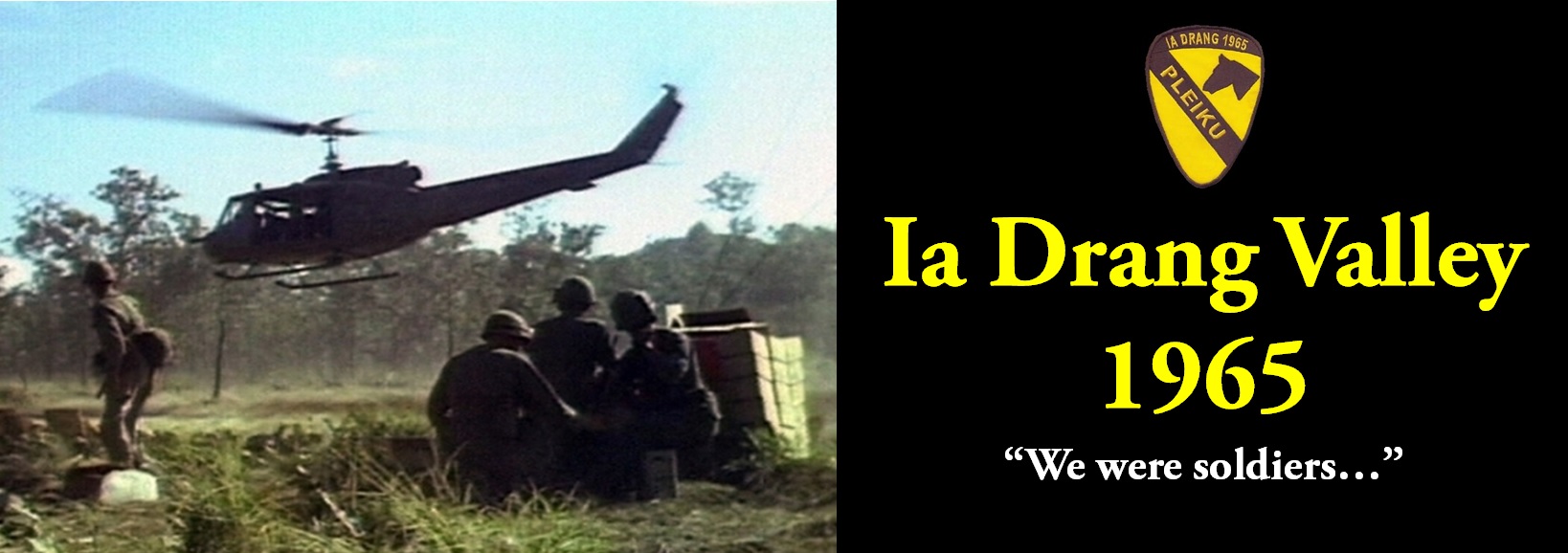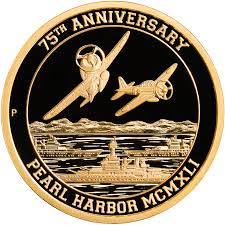Ia Drang Valley 1965 and the Importance of Military Intelligence

Donald Trump will find that bringing manufacturing jobs back home will be easier than conducting foreign wars. Cheap goods from low-wage countries have been a godsend to the American consumer, but this cornucopia will crash when prices here reflect our worker demands for high wages. It will seem like inflation has struck. Even worse, more low-paid immigrants will be recruited from countries like Mexico, where US companies are now creating jobs for locals.
Military interventions around the world affect more than just the economy, however. Lots of people can die, with no appreciable gains on either side. US foreign policy in the Pacific has often been short-sighted since World War II. FDR failed to foresee our defeat in the Far East by Japan at the time of Pearl Harbor.
The Korean War again caught America by surprise. Occupation troops in nearby Japan were neither trained or even vigilant on June 25, 1950, as 75,000 invading soldiers almost overran South Korea. Nor did we predict that China would soon intervene to protect its vital interests. Being right next-door with a teeming population, China could easily resupply soldiers and materiel compared to faraway America.
Things hadn’t changed that much in the Pacific when the US launched its first major battle of the Vietnam War in the Ia Drang Valley on November 14, 1965. US military intelligence expected to confront only about 200 enemy soldiers, so it was determined that 450 helicopter-borne soldiers would be enough in the small, roadless Landing Zone X-Ray. Instead, they landed in a hornet’s nest of 1,600 battle-hardened North Vietnamese troops.
Ia Drang was meant to field test airmobility for rapid deployment of ground forces, but only about 6 men could fit into each UH-1 and only 8 Hueys could fit into the landing zone at a time. Lo to those who got there first. Woe to those on the ground when nightfall came and landing operations were suspended.
When American forces were in danger of being overrun and annihilated, the desperate help call of “Broken Arrow” was issued. Every available US warplane in the country was scrambled to provide close-in bombing support to troops in the landing zone, though some friendly casualties resulted among the 234 American dead.
The Battle of Ia Drang Valley reminds us of the dangers of entering into wars without adequate investment in military intelligence. Learning from history is just as important. The US in Vietnam may have been forced into a no-win war of attrition, measuring success by counting enemy dead, in order to avoid a Korean-like confrontation with China. What is the America military really getting into?—this may be the key question for Donald Trump.
 You are invited this Saturday, December 10, to hear Mel W. Gunderson of Black Hawk, South Dakota, talk about his US Army experiences in the Battle of Ia Drang Valley, as part of the 1st Cavalry Division.
You are invited this Saturday, December 10, to hear Mel W. Gunderson of Black Hawk, South Dakota, talk about his US Army experiences in the Battle of Ia Drang Valley, as part of the 1st Cavalry Division.
In the battle, Gunderson was with journalist Joe Galloway who, with Ia Drang commander LTC Harold G. Moore, wrote We Were Soldiers Once…and Young, since made into a movie starring Mel Gibson.
 A special meeting addition to remember Pearl Harbor: Steve Warren (US Navy) and Stan Lieberman (US Army) were both there on December 7, 1941. They will be presented a 75th Anniversary Commemorative Medal.
A special meeting addition to remember Pearl Harbor: Steve Warren (US Navy) and Stan Lieberman (US Army) were both there on December 7, 1941. They will be presented a 75th Anniversary Commemorative Medal.

 You are invited this Saturday, December 10, to hear Mel W. Gunderson of Black Hawk, South Dakota, talk about his US Army experiences in the Battle of Ia Drang Valley, as part of the 1st Cavalry Division.
You are invited this Saturday, December 10, to hear Mel W. Gunderson of Black Hawk, South Dakota, talk about his US Army experiences in the Battle of Ia Drang Valley, as part of the 1st Cavalry Division. A special meeting addition to remember Pearl Harbor: Steve Warren (US Navy) and Stan Lieberman (US Army) were both there on December 7, 1941. They will be presented a 75th Anniversary Commemorative Medal.
A special meeting addition to remember Pearl Harbor: Steve Warren (US Navy) and Stan Lieberman (US Army) were both there on December 7, 1941. They will be presented a 75th Anniversary Commemorative Medal.